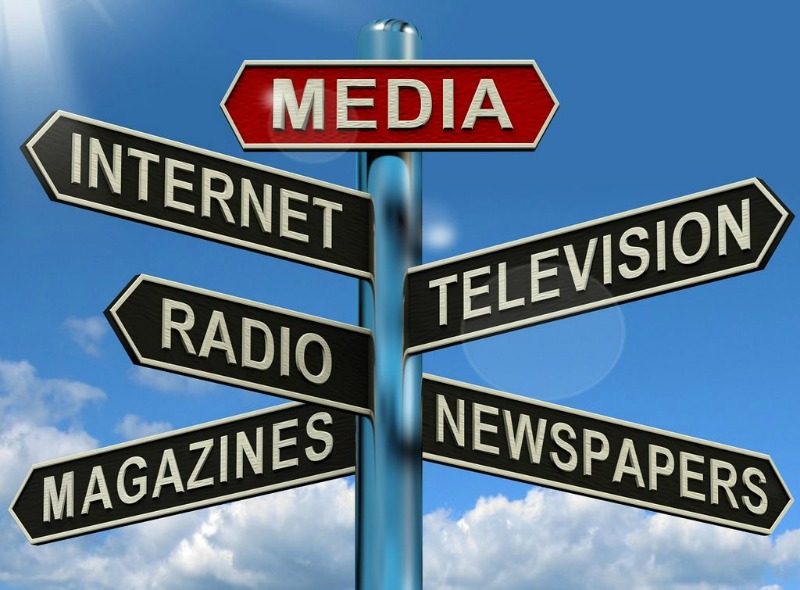Hill+Knowlton Strategies 08 Oct 2014 // 7:06AM GMT

I recently gave a speech at a PR conference in India, in which I spoke about my views on three changing paradigms in the communications industry: hyper-connectivity, authenticity and storytelling. While these concepts are nothing new, they continue to change the way we do business. And, as they continue to be hot topics in the boardroom, I wanted to share and expand on my thoughts.
Rather than explaining each theme separately from one another, I would like to consider them as synergistic parts that depend on and are influenced by each other.
Hyper-connectivity drives the need for brands to tell a story that is imbued with authenticity and a genuine voice.
Hyper-connectivity is just another way of saying that communication today is 24/7. The ways in which companies communicate have changed dramatically, from how they communicate, to whom, and through what channels.
There used to be a high level of trust that people placed in companies and their leaders. CEOs were seen as rock stars, with personalities that were unique, special and lauded. Now, however, that has changed. In fact, a survey by the Reputation Institute found that only 15 percent of people trusted what companies communicated in their advertisements.
When discussing brand communications, we often talk about trust and reputation, but ultimately what is needed is authenticity.
A company, or a brand, or a leader, needs purpose and a compelling vision, but that purpose or vision must be authentic. It cannot and should not be PR spin or something disingenuous. In today’s business environment, being genuine and authentic is what matters and what stakeholders, employees and customers demand.
In his bestselling book, “Pour Your Heart into It: How Starbucks Built a Company One Cup at a Time,” Starbucks Chairman and CEO Howard Schultz said:
“In this ever-changing society, the most powerful and enduring brands are built from the heart. They are real and sustainable. Their foundations are stronger because they are built with the strength of the human spirit, not an ad campaign. The companies that are lasting are those that are authentic.”
It is then incumbent upon PR professionals not just to represent our clients with transparent authenticity, but also to represent our own firms and our industry in a similar fashion. Without authenticity, our credibility is undermined and we end up fulfilling the negative perspectives that many people have of PR professionals.
As authenticity and hyper-connectivity have become more critical, brands have had to find a relevant and compelling narrative.
We need to take one step back and instead of looking at storytelling as a shiny new weapon in our PR arsenal, recognize that what we are really doing is advising companies to link themselves to the emotive traditions of storytelling – to be able to communicate more effectively and meaningfully with the public.
Jennifer Aaker, a marketing professor at Stanford’s Graduate School of Business, describes a study done by a marketing researcher in one of her classes. The researcher asked students in her class to deliver a one-minute pitch. Only one out of ten students used a story in their pitch. She then asked the class to write down everything they remembered about each pitch. Five percent of the students cited a statistic while 63 percent remembered the story.
These three changing paradigms, or themes, of our industry are interrelated. Hyper-connectivity and speed in communication drives the need for an attractive narrative that tells a story imbued with authenticity and a genuine voice.
Our industry will continue to evolve and there will be new opportunities for growth and future trends, but the good news is that PR is not a dying industry. We are in a decade where PR is flourishing as never before. Long may that last!
Vivian Lines is global vice chairman of Asia-Pacific for Hill + Knowlton Strategies.


































.jpg)


.png)
.jpg)







.tmb-135x100.jpg)









